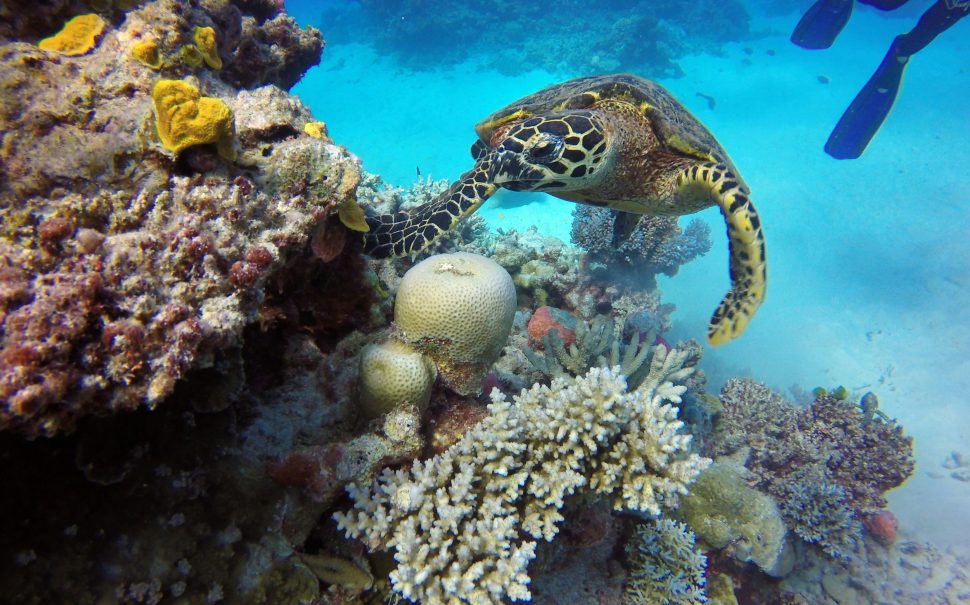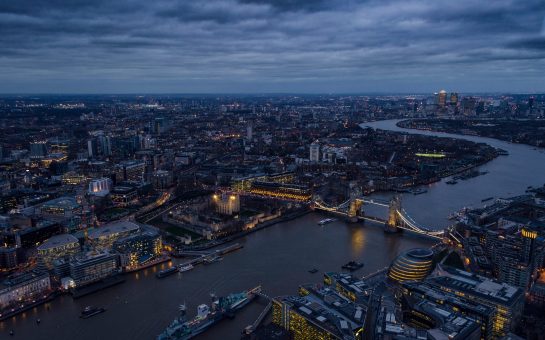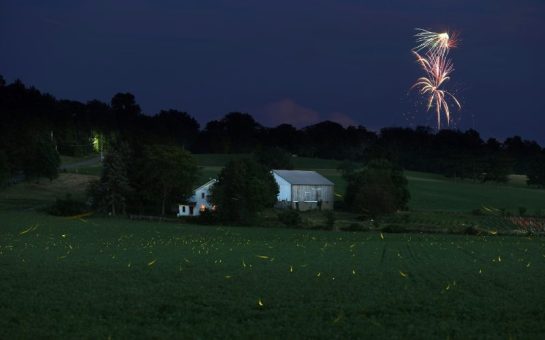Are you looking to dive into the heart of one of the planet’s most magnificent natural wonders, the Great Barrier Reef?
Stretching over 2,300 kilometres along the Queensland coast of Australia, the reef is a vast marine sanctuary with a kaleidoscope of colourful coral, teeming with an extraordinary diversity of sea life.
Renowned as a UNESCO World Heritage site, the Great Barrier Reef offers an unparalleled underwater adventure for divers of all levels.
Whether you’re taking your very first breath underwater or you’re an experienced diver seeking thrilling new depths, the reef’s warm waters and vibrant ecosystems promise an unforgettable experience.
In this short guide, you’ll find essential tips and insights to enhance your diving journey through the wonders of the Great Barrier Reef.
From preparing for your dive to exploring the most enchanting underwater sites, we’ve tailored this guide to serve both novices experiencing the magic of diving for the first time and those seeking new challenges.
Preparing for Your Dive Before You Leave
Heading off on a diving adventure in the Great Barrier Reef is an exhilarating experience that requires some preparation to ensure safety and enjoyment.
Here are some key considerations to help you get ready for your underwater journey before you jump on a plane.
Health and Safety
Diving is a physically demanding activity that requires good health and fitness.
Before diving, you will need to complete a medical questionnaire to identify any pre-existing conditions that could affect your safety underwater.
Conditions such as asthma, heart problems, and certain medications may require clearance from your GP first.
Consider obtaining a dive medical certificate to ensure you’re fit to dive long before you travel, especially if you plan to undertake advanced dives, and ensure your chosen travel insurance policy will fully cover you for this type of activity as well as any pre-existing medical conditions.
Choosing a Dive School
If you’re new to diving and want to try this out before jetting off, selecting a dive school can help you learn more and have a safe and enjoyable experience.
Look for schools with certified instructors and accreditations from recognised diving organisations like PADI (Professional Association of Diving Instructors) or SSI (Scuba Schools International).
A good dive school will offer a range of courses, from beginner to advanced, and prioritise safety and environmental conservation.
Equipment Overview
Familiarising yourself with diving equipment is an essential step in your preparation.
You’ll of course need a mask, snorkel, fins, and a wetsuit and most dive operators offer rental equipment for everything you need including SCUBA and instruments, but having your own gear can enhance comfort and confidence underwater and may be preferred for those who have dived multiple times before.
For beginners, it’s much cheaper and simpler to start with rented equipment and consider purchasing your own as you gain more experience and commitment to diving.
Conservation Awareness
The Great Barrier Reef is a delicate ecosystem facing threats from climate change, pollution, and over-tourism.
Divers have a responsibility to minimise their impact, so always follow the guidelines set by your dive instructors and the local conservation authorities.
Remember to look but not touch – even the slightest contact can damage coral and disturb marine life.
For the First-Time Diver
Diving into the Great Barrier Reef is a mesmerising experience as anyone will tell you, especially for those new to the underwater world.
Your first dive in the open water will be an exhilarating moment.
Initially, you might feel a mix of excitement and nervousness which is completely normal.
Here’s what typically happens.
- Briefing – Your instructor will give you a thorough briefing, reviewing the dive plan, signals, and safety procedures.
- Gear Up – You’ll learn how to properly set up your dive gear with the help of your instructor.
- Entry – Whether from a boat or the shore, you’ll learn the correct way to enter the water.
- Descent – You’ll practice equalising pressure in your ears as you slowly descend.
- Underwater Exploration – Stay close to your instructor as you explore. Focus on breathing calmly and enjoying the mesmerising sights of the reef.
For the Experienced Diver
For those with diving experience, the Great Barrier Reef offers a myriad of sites that challenge your skills and reward you with breathtaking underwater landscapes.
Advanced Dive Sites
Beyond the introductory dive sites, the reef harbours advanced spots known for their depth, currents, and the chance to see larger marine life.
Sites like the Cod Hole and the SS Yongala wreck offer exhilarating dives for those with Advanced Open Water certification or higher.
These sites often require good buoyancy control and navigation skills due to their complexity and depth which you’ll learn from the course.
Continuing Your Education
The learning never stops in diving.
Advanced certifications open up new opportunities and challenges.
Courses like the PADI Advanced Open Water Diver, or various specialties such as underwater photography, deep diving, and nitrox diving not only enhance your skills but also your safety and enjoyment underwater.
Must-Visit Dive Sites
The Great Barrier Reef is full of breathtaking dive locations, each with its unique charm and challenges.
Here are some of the sites that should be on every diver’s bucket list, from serene, shallow waters perfect for beginners to deep, thrilling sites for the advanced adventurer.
Introductory Sites
- Agincourt Reef – Located on the outer Northern edges of the Great Barrier Reef, Agincourt offers clear waters and vibrant coral gardens that are ideal for beginners. The shallow depth and calm conditions make it a perfect spot for your first dive where you’ll get to see sea turtles, reef sharks and plenty of colourful fish.
- The Whitsunday Islands – Known for their stunning beauty, both above and below the water, the 74 tropical islands of the Whitsunday Islands offer incredible sites for beginners. Dive spots like Blue Pearl Bay and Butterfly Bay boast gentle conditions and shallow waters teeming with vibrant fish and coral species, making them perfect for those new to diving.
Advanced Sites
- Cod Hole – Famous for its resident population of massive, friendly potato cod, Cod Hole lies on the Ribbon Reefs in the Northern part of the reef and offers divers a unique opportunity for close encounters with these gentle giants. Suitable for advanced divers due to its location and currents.
- SS Yongala Wreck: This century-old shipwreck is a site of rich history and marine biodiversity. Located near Townsville, it’s recommended for experienced divers due to its depth and potential for strong currents. The wreck is a habitat for a wide array of marine life, from schools of fish to sharks and manta rays.
Best Times to Dive
Timing your visit can significantly enhance your Great Barrier Reef diving experience, as weather and marine life activity can vary throughout the year.
Here’s what you can expect depending on the season:
- June to October – This period offers the best diving conditions with clear waters and comfortable temperatures. Visibility is at its peak, making it an ideal time for diving and underwater photography as well as encounters with dwarf minke whales (June and July).
- November to May – While this season includes the wetter months, bringing reduced visibility, it’s also the time for marine life events like coral spawning (typically occurring in November) and turtle hatching (January to March).
It’s hard to argue against the Great Barrier Reef being a diver’s paradise, offering a world of underwater wonders waiting to be explored.
Whether you’re taking your first breaths underwater or seeking new challenges in deep, mysterious sites, the reef has something for everyone.
As you plan your diving adventure, remember the importance of conservation and respect for this natural wonder.
Here’s to an unforgettable trip and a tick on your diving destination bucket list.
Featured image by Chad Taylor on Unsplash





